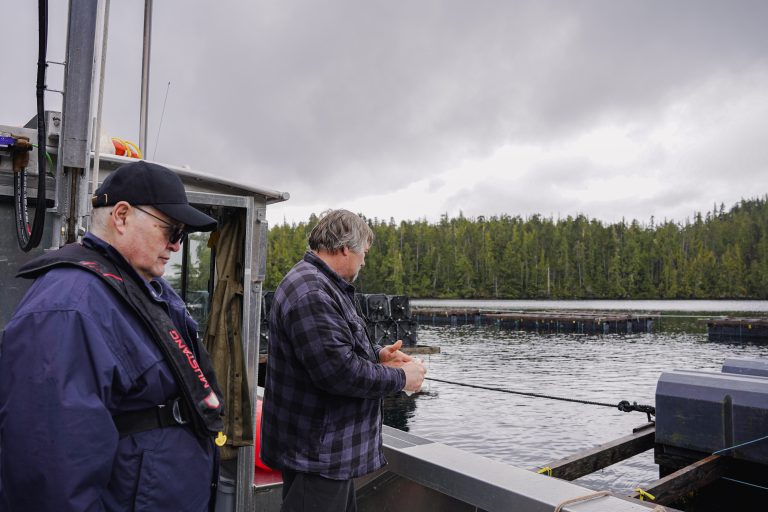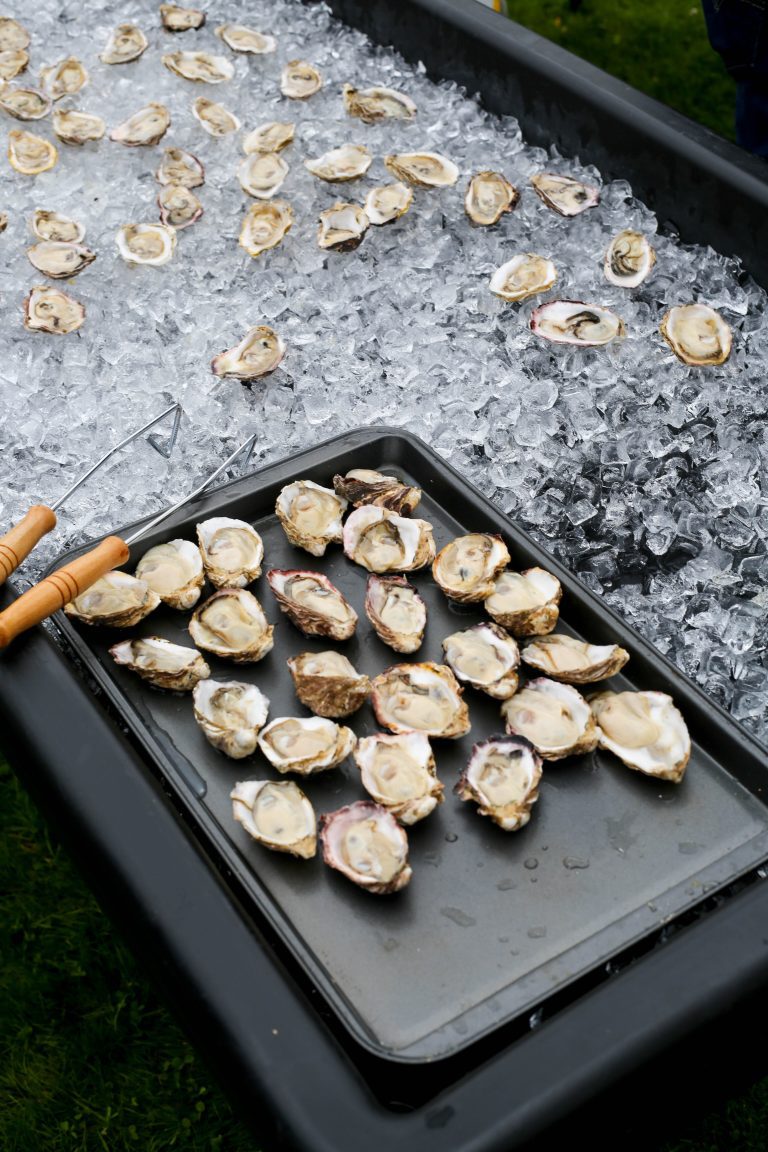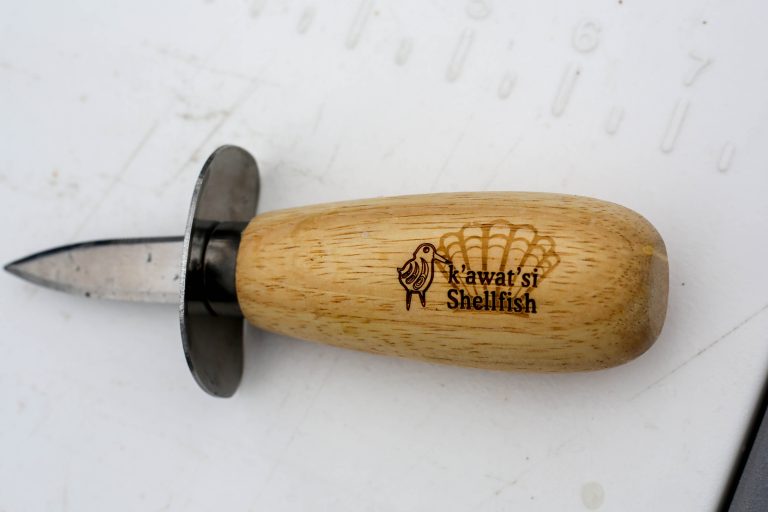From the Ocean to Your Plate
Explore Our Latest Adventures with the Official K'awat'si Shellfish Blog.
Explore the captivating world of K’awat’si Shellfish through our blog, where we delve into the heart of our cold-water treasures from the central coast across from Vancouver Island. Join us on a virtual journey as we share insights into our Shellfish Farm Tours, unveiling the magic that happens behind the scenes. Dive into the stories of our pristine waters and the cultivation of our renowned GwiGwi Oyster. With a focus on sustainable practices and the rich heritage of British Columbia’s coastal cuisine, our blog is your gateway to the coastal flavours and culinary adventures that await.



